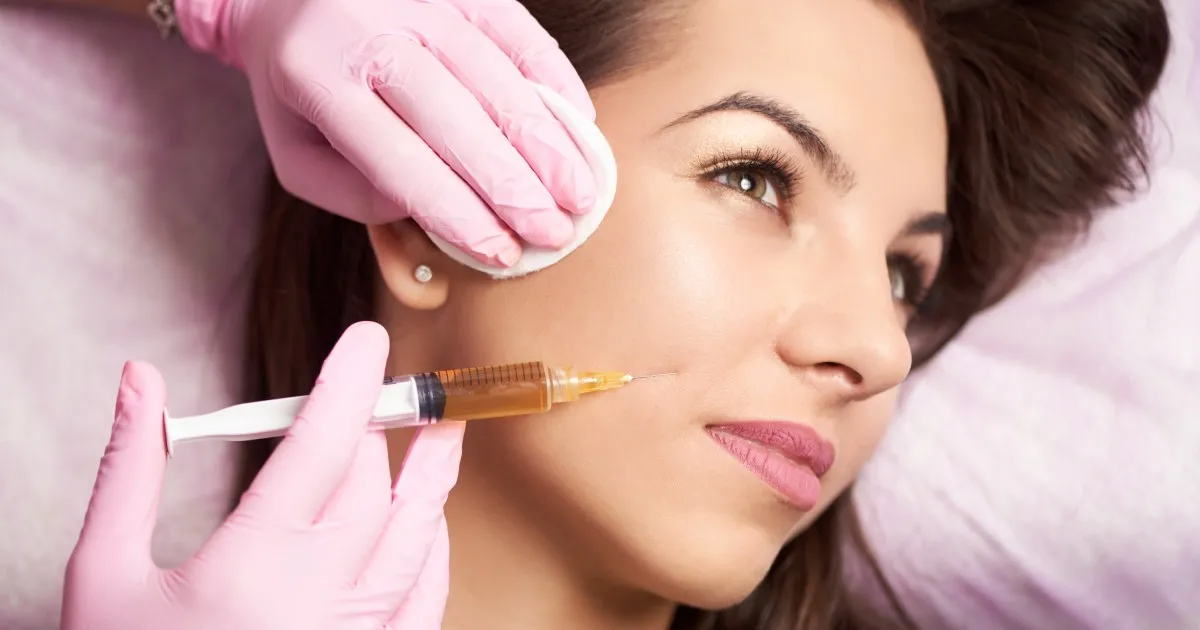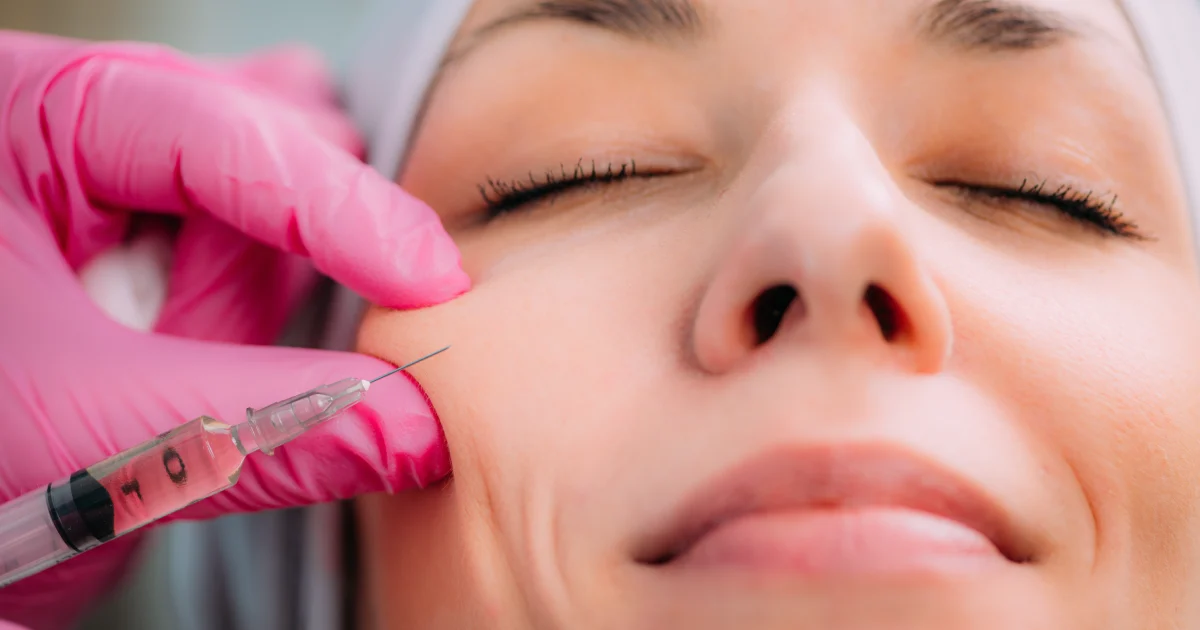Neuromodulators like Botox, Xeomin, and Dysport have transformed cosmetic treatments by effectively reducing wrinkles and fine lines. These treatments block nerve impulses to targeted muscles, resulting in a smoother, more youthful appearance. At Arabella Boutique Med Spa, clients experience a unique wellness journey tailored to their needs. Each neuromodulator offers distinct benefits, with formulation, onset, and duration variations. Understanding these differences allows for selecting the most suitable option. Discover how these advanced treatments can enhance your natural beauty and address various aesthetic concerns with precision and safety.
Neuromodulators: Understanding Botox, Dysport, and Xeomin
Neuromodulators are game-changers in cosmetic treatments, offering practical solutions for reducing wrinkles and fine lines. Here’s a detailed look at Botox, Dysport, and Xeomin, their unique benefits, and how they can enhance your natural beauty.
- What Are Neuromodulators? Neuromodulators are substances that block nerve signals to muscles, reducing muscle activity. This process smooths out wrinkles and fine lines, providing a youthful appearance. Botox, Dysport, and Xeomin are the most popular neuromodulators, each offering unique advantages and specific uses.
- Botox: Botox is a neuromodulator that is obtained from botulinum toxin. Initially utilized for medical purposes, it gained popularity for its cosmetic benefits in the early 2000s. Botox effectively treats forehead lines, crow’s feet, and frown lines and is also used for chronic migraines, excessive sweating, and muscle spasms. This treatment provides quick results, typically visible within a few days, with effects lasting three to six months. The forehead, eye area, and eyebrow area are common treatment areas.
- Dysport: Dysport, also derived from botulinum toxin, has a different formulation from Botox, allowing it to spread more evenly, making it ideal for more extensive treatment areas. It’s particularly effective for treating the forehead and moderate to severe glabellar lines. Dysport often shows quicker results, with some patients noticing effects within 24 hours. Popular treatment areas include the forehead, glabellar lines, and crow’s feet, making it a versatile option for those seeking rapid and widespread wrinkle reduction.
- Xeomin: Xeomin is a recent addition to the neuromodulator family. Its lack of accessory proteins distinguishes it, making it a purer form of botulinum toxin. This purity reduces the risk of developing resistance over time, a concern with long-term use of Botox or Dysport. Xeomin treats moderate to severe frown lines between the eyebrows and other cosmetic problems. Its results are similar to Botox and Dysport, typically lasting three to six months, providing a reliable option for those seeking wrinkle reduction without the additional proteins.
- Comparing Neuromodulators: All three neuromodulators Botox, Dysport, and Xeomin work by blocking nerve signals to muscles, reducing muscle activity, and smoothing out wrinkles. However, they differ in formulation: Botox contains accessory proteins, Dysport spreads more widely, and Xeomin is free of accessory proteins. Dysport may show quicker results, while Botox and Xeomin have similar onset periods. Typically, the effects of all three last between three to six months, depending on the individual and the treatment area. Prices vary depending on the treatment area and provider but are generally competitive.
- Safety Profiles: All three neuromodulators have vital safety records backed by numerous clinical studies. Regular treatments are safe, but consulting with a qualified professional is essential to minimize risks and manage expectations.
Comparing Neuromodulators: Botox, Dysport, and Xeomin
Neuromodulators like Botox, Dysport, and Xeomin are essential tools in the cosmetic industry. They offer practical solutions for wrinkle reduction and aesthetic enhancement. Here’s a detailed comparison of these three popular neuromodulators to help you understand their unique properties and benefits.
- Formulation Differences: Botox, Dysport, and Xeomin contain botulinum toxin type A, but each has distinct formulation characteristics. Botox includes accessory proteins that enhance its stability and efficacy. Dysport, while also containing botulinum toxin type A, has a formulation that allows it to spread more evenly over larger areas. With Xeomin, there are no accessory proteins, reducing the risk of antibody formation and resistance.
- Onset of Action: Botox typically shows results within 3 to 5 days after injection, with full effects visible within 7 to 14 days. Dysport, known for its quicker onset, often produces results within 24 to 48 hours, making it a preferred choice for those needing faster outcomes. Xeomin’s onset of action is similar to Botox, with noticeable effects within 3 to 5 days and full results by 7 to 14 days.
- Duration of Results: Depending on the treated area and individual response, Botox effects typically last between 3 to 6 months. Dysport offers similar longevity, with results lasting around 3 to 4 months, though some patients may experience more prolonged effects. Xeomin’s results also last approximately 3 to 6 months, varying in duration based on individual factors and the specific treatment area.
- Spread and Diffusion: Botox’s controlled diffusion is ideal for precise applications in smaller areas, preventing the spread to adjacent muscles. Dysport spreads more widely with its smaller molecule size, which is advantageous for treating larger areas like the forehead. Xeomin, similar to Botox, offers precise and targeted results with controlled diffusion.
- Cost Comparison: Botox is typically priced per unit, with the total cost depending on the number of units required for the treatment area. Dysport, although priced slightly lower per unit, requires more units per treatment area, leading to a comparable overall cost. Xeomin’s pricing is similar to Botox, with the total cost influenced by the number of units needed and the specific treatment area.
- Suitability for Different Patient Needs: Botox is ideal for patients seeking a trusted, well-established treatment for targeted areas with controlled diffusion. Dysport suits those needing quicker results and effective treatment over larger areas. Thanks to its pure formulation without accessory proteins, Xeomin is best for patients developing neuromodulator resistance.
Consult a Professional
When comparing Botox, Dysport, and Xeomin, one must consider each one’s unique properties and benefits. Understanding these differences can help you achieve your aesthetic goals. Consult a professional medical aesthetician to determine the best option tailored to your needs and achieve a rejuvenated, youthful appearance.
Takeaway
Understanding the unique benefits of Botox, Dysport, and Xeomin can help you choose the best neuromodulator for your needs. Each option offers distinct advantages in formulation, onset, and duration. At Arabella Boutique Med Spa, our medical aestheticians are ready to guide you through the process, ensuring you achieve the youthful, rejuvenated look you desire. Don’t wait to enhance your natural beauty. Contact us today or book an appointment to discover your ideal neuromodulator treatment!






